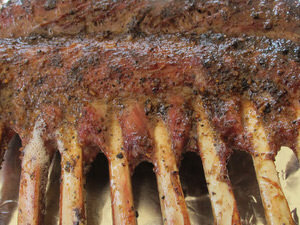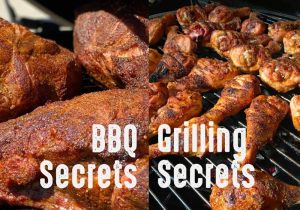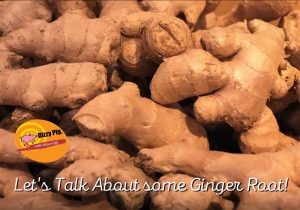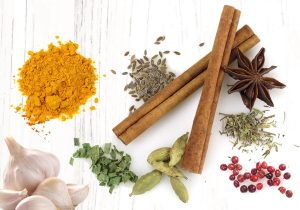
Most folks would love to simply follow directions in a recipe and produce a fine meal.
Sometimes novice cooks create really good meals this way — perhaps with a little luck. Pull out the book, set the grill at 400°F, preheat, cook for 20 minutes, and hope for the best.
But when you watch an experienced cook notch the temp up to 425°F after 10 minutes because the color is not developing as quickly as expected. Or maybe the smell coming from the grill (or oven) is not yet right.
You start realizing there is no magic formula, and that we have to use our senses and make adjustments.
Too Many Variables in Cooking
Cooking barbecue, especially, is not simply a matter of minutes and degrees. There are just too many variables:
Bakers, who use the same oven every time can pretty much follow their formula, temps and times and come up with a consistent product every time. Yet even they need to make adjustments, and it takes them time to find and tweak “their” formula.
While we realize many of our customers are accomplished cooks, the goal of this article is to introduce the concept that using all of your senses can make you a better cook. In the case of this article:
Everybody thinks differently, and cooking by feel tends to come more naturally for some folks.
Are you Left Brained or Right Brained?
Generally speaking, left-brained people (logical/practical/analytical) have the toughest time. They are also the people that should read this article carefully, as it may take some effort to get away from a rigid system of time and temperature.
Right brained people (musical/impetuous/visual/subjective) are somewhat better suited to learning to cook by feel, and perhaps learn the skill more naturally. However, without some technical knowledge, the learning curve could be steep! If you have always cooked by feel, it may be time to arm yourself with some technical knowledge.
If you are lucky, you have a nice balance of technical knowledge AND the ability to forget about the numbers and rules. Unless you are new to cooking, you probably already have an understanding of the cooking process and what works for you. Maybe you have notes of times and temperatures of different cooks you have done. That’s great if you do, and it is something to build on.
Use your Senses
Probably the most important thing you can do to get a better feel is to start observing every possible stage of the cook.
Open up your senses and use them.
Smell
Feel
Sight
Sound
Taste
Smell, sight, feel, sound and taste… they all tell you something.
Observe and Adjust
The more you observe and adjust, the better cook you will become. For example:
These examples may seem obvious, but the list of different ways that cooking by feel can improve your cooking goes on and on.
Let the food talk to you, and listen!
The longer you observe and learn to adjust, the better a cook you will be. And without being tied down by minutes and degrees, you’ll have more power to be creative.
To help get your creative juices flowing:
=





